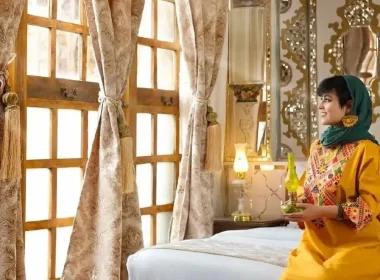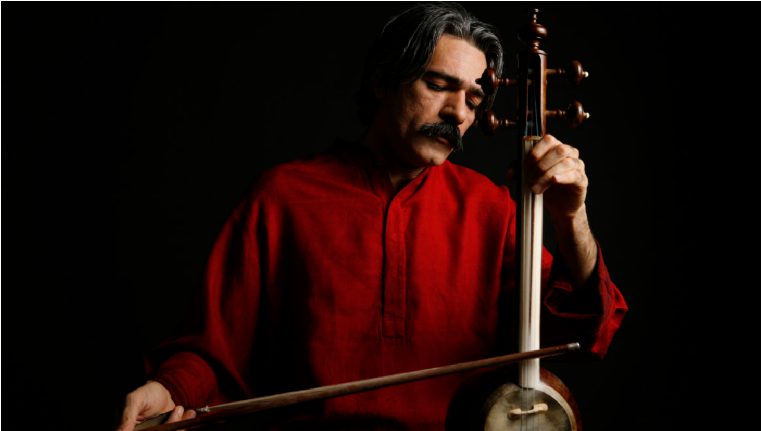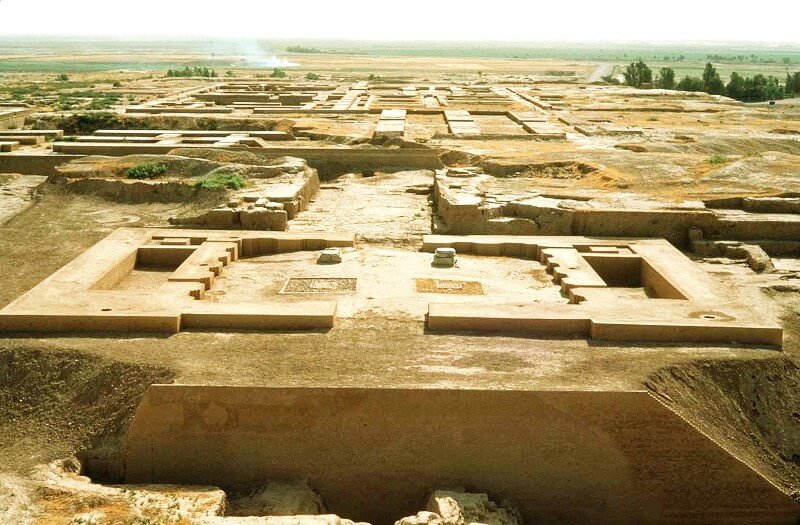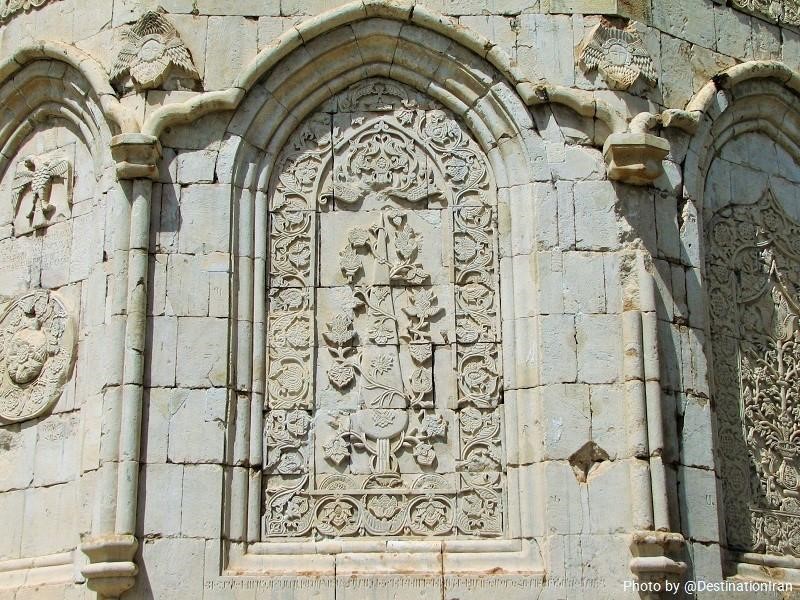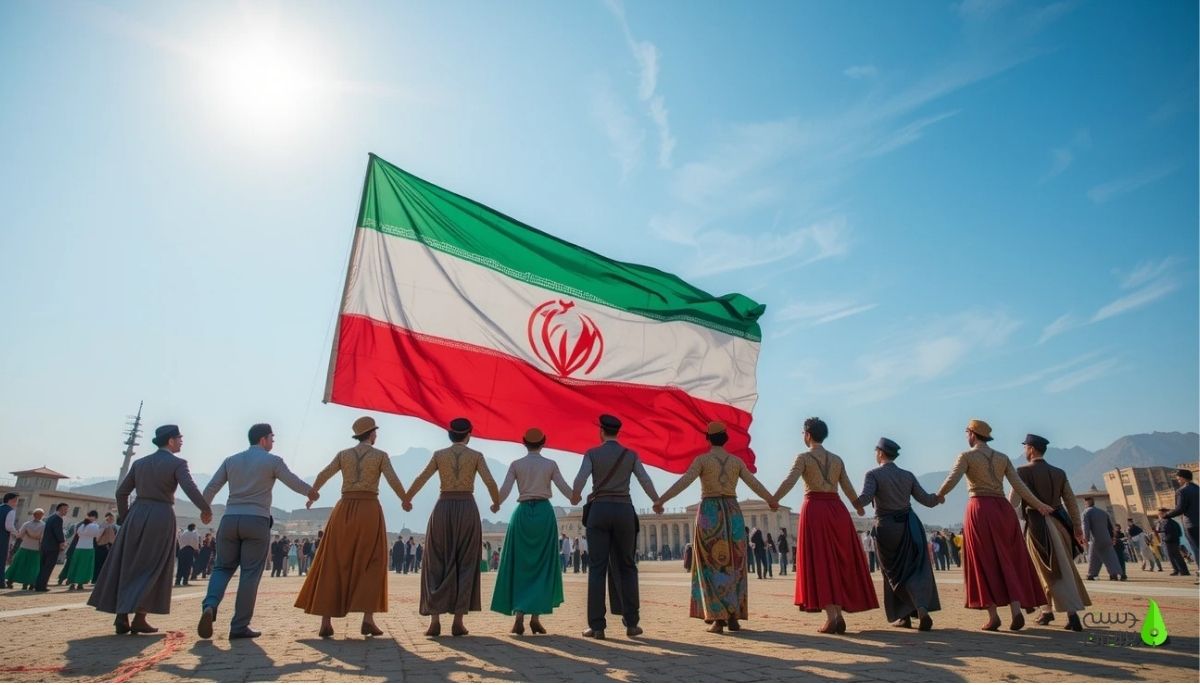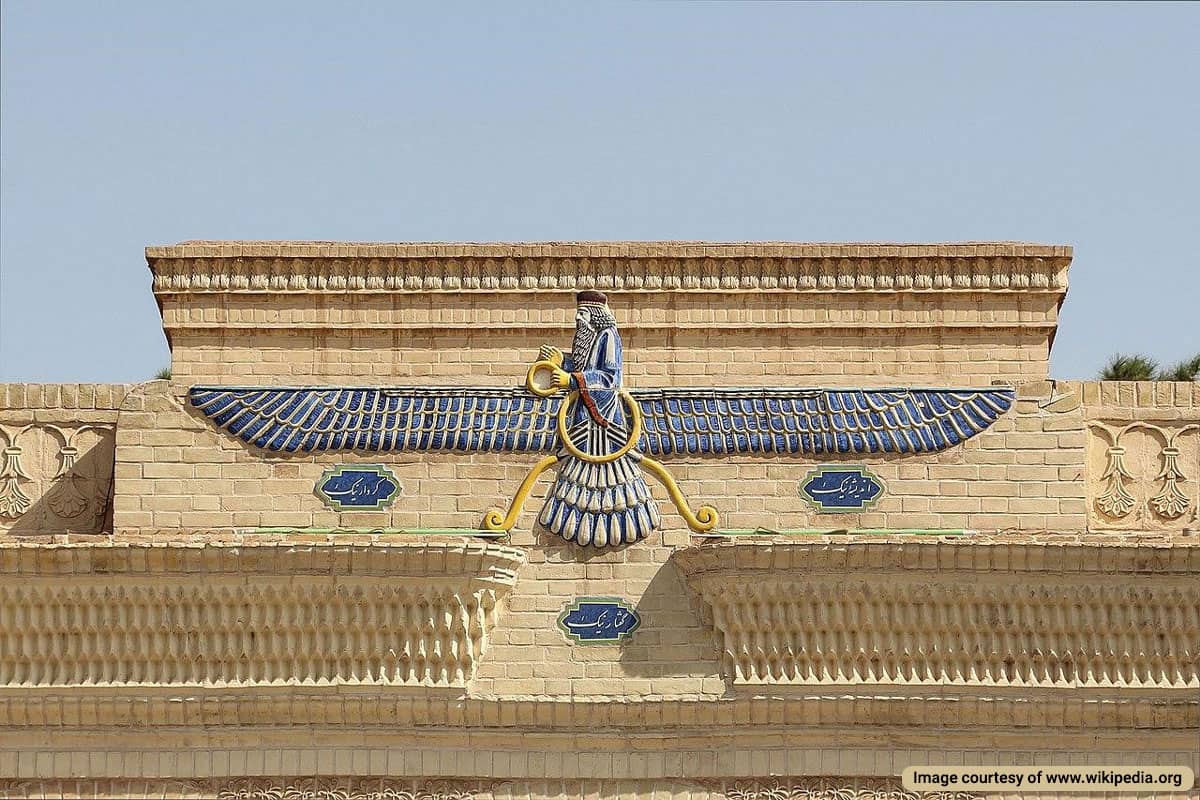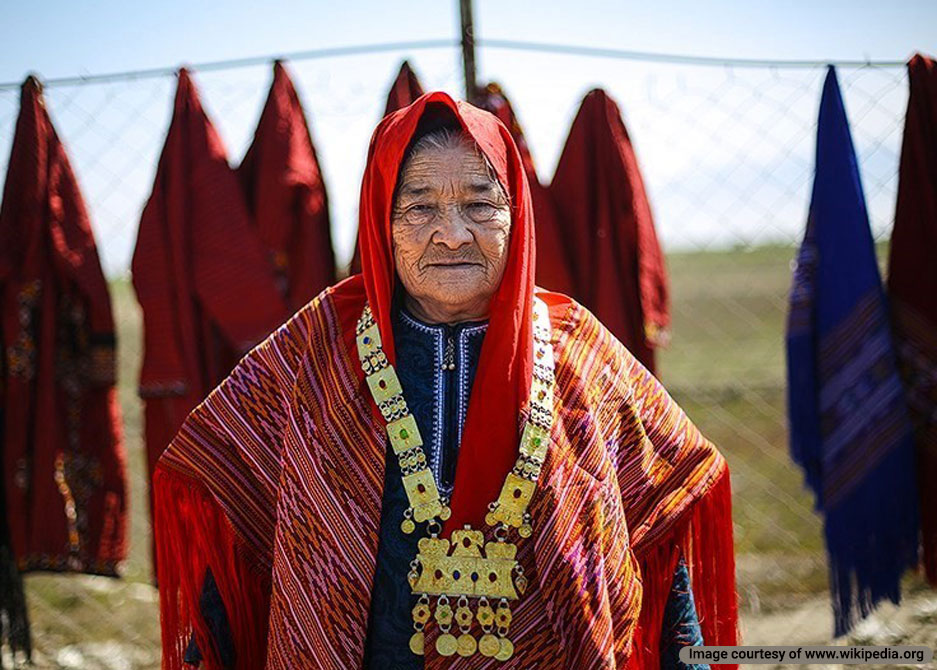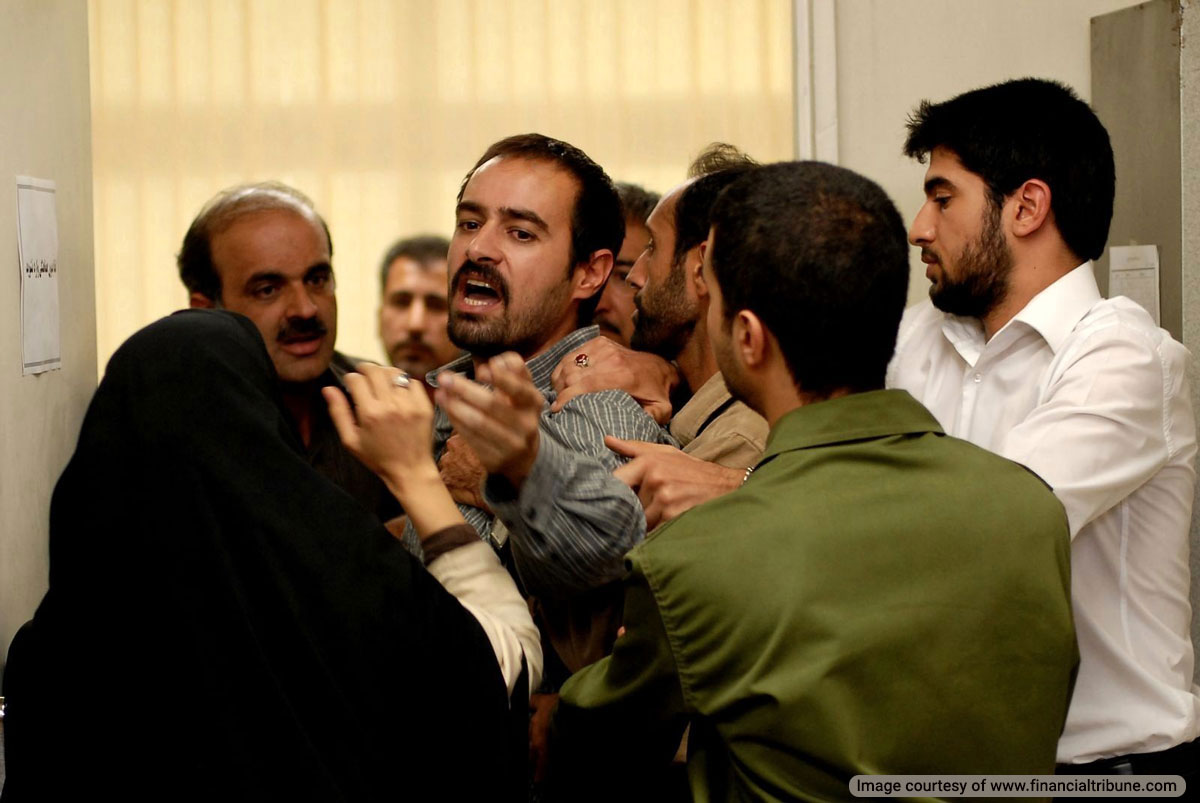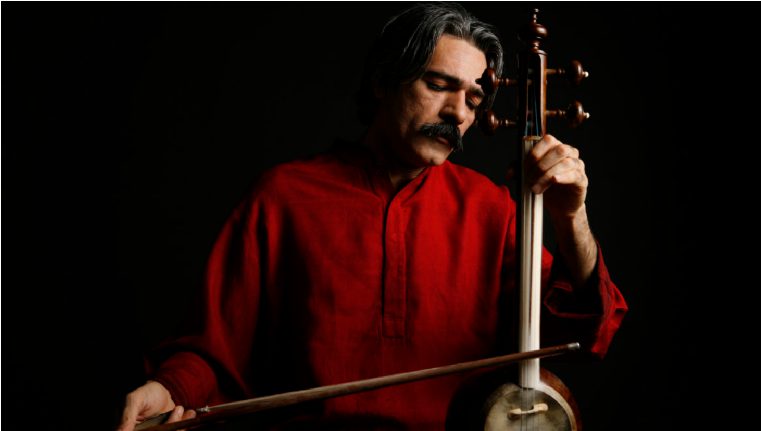
Kamancheh is one of the musical instruments with a long history in the East. Although the track record of this instrument can be found in other countries as well, due to its original place of creation, UNESCO has inscribed the art of crafting and playing with Kamancheh as an intangible cultural heritage of Iranians.
In pre-Islam Iran, musicians used to play an instrument that was very similar to Kamancheh. It had a large resonating box and a neck. Today it’s a popular instrument in Baluchistan province.
Also in Lorestan province, artists have played Kamancheh since long time ago. In the past, this instrument used to have only three strings. The box was covered with deer’s skin. Famous Iranians such as Faraby and Masoud Sa’ad Salman have written extensively in their books about Iranian musical instruments like Kamancheh.
Other countries that used to play Kamancheh in the past are India, Malaysia, Indonesia, Kenya, Burma, Nepal and some Arab countries. Today artists play this instrument in India and Turkey as well, but Kamancheh is considered a traditional Iranian musical instrument. Even in other countries, people know it with the same name.
Musicians tune Kamancheh differently for various Iranian music systems. However, it is of different types depending on what sort of sound you expect it to produce.
Different Types of Kamancheh
Iranian Kamancheh is one of the different Iranian musical instruments with a particular sound similar to the violin, but sharper than that. It produces a sound that is quite pleasant. Famous Iranian musicians and singers have created beautiful songs with Kamancheh during the history of Iranian music. No doubt, many Iranians have listened to numerous such songs played with this instrument and have sweet memories with them.
The sound produced by Iranian Kamancheh is of various types. What differentiates the sound of this instrument can be the type of wood used for making the box, the thickness of the box at different parts, the size of the box, the materials used for the strings and the way neck is attached to the box.
Different Parts of Iranian Kamancheh
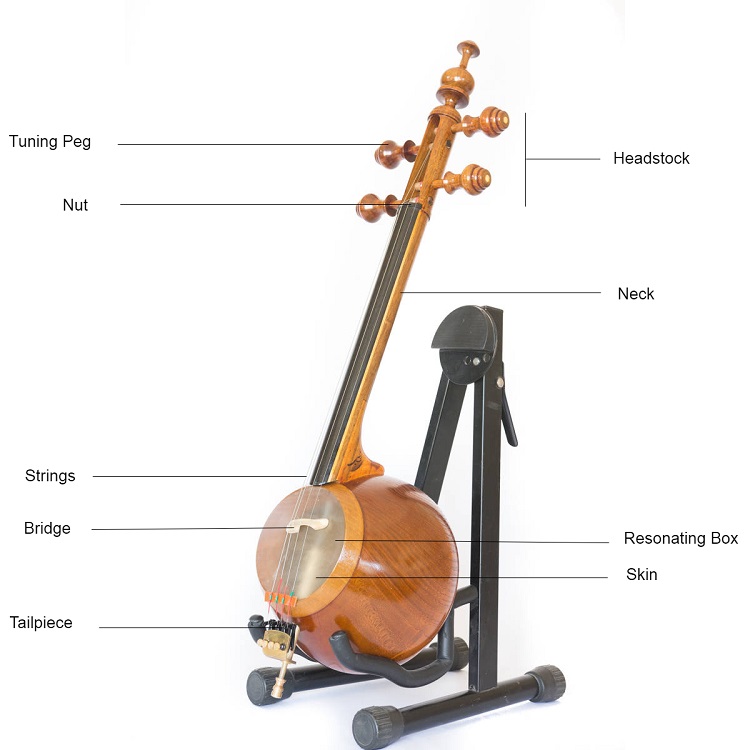
The art of crafting and playing with Kamancheh requires you to gain a more detailed acquaintance with this instrument first. So, we need to explore all its parts. Here is a list:
- Resonating box
- Skin
- Bridge (kharak)
- Neck
- Headstock (sarpanjeh)
- Tuning pegs (gushy)
- Nut (sheytanak)
- Tailpiece (simgir)
- String
From the structural point of view, this instrument has got a resonating box and a neck with a set of strings extended from the top of the neck to the box. One needs another piece to play the instrument and it’s the bow. To produce a sound, the musician moves the bow back and forth onto a Kamancheh’s strings.
The main part of the instrument is its resonating box. It usually consists of a spherical or oval shape with a small flat base. This box is made of wood and could be built either in one piece or several pieces for various instrument types. Depending on which type of Kamancheh a craftsman makes, they can design it with longer or shorter diameters. They make the best instruments out of walnut wood.
Craftsmen make the top surface of Kamancheh’s resonating box by goat or deerskin. Certainly, different skins produce different sounds. In fact, the art of crafting and playing with Kamancheh is best demonstrated when all such details are observed and put into practice.
The bridge is a small but strong piece attached to the top of the skin. It has a rectangular cuboid shape with top groves creating equal distance for the strings in an oblique way. This makes the first string shorter and the last one longer than others.
The neck of Iranian Kamancheh is made of one piece. Iranian craftsmen make the neck and box in particular size and proportions known as the Iranian standard for Kamancheh. As a result, if such sizes and proportions aren’t observed when crafting the instruments, the desired sound cannot be expected from it when it is made.
The headstock is attached to the top of the Kamancheh’s neck. It lengthens the neck of the instrument and provides a space for the tuning pegs to be installed there.
Iranian Kamancheh has got four tuning pegs attached to either side of the top part of the neck. The strings are harnessed by these pegs to the top of the instrument.
The nut is a narrow grooved object installed between headstock and neck. Kamancheh strings are laid inside these grooves to be tied to the pegs.
The tailpiece is installed at the farthest part of the resonating box. It’s made of wood or metal to fix the lower end of the strings to the instrument.
Strings are the next important part of Kamancheh. In some old instruments, there were only two strings on the necks, which are three in some modern Kamanchehs crafted these days. They are fixed at the top of the neck and extended all the way to the upper surface of the box.
How to Play Iranian Kamancheh
Iranian Kamancheh can easily compete for violin in terms of sound quality. Most of the musicians enjoy the pleasing sound of this instrument. Depending on which string is played or which direction the bow moves on the strings, different sounds could be produced.
As the art of crafting and playing with Kamancheh is the topic, we should explain how one plays this instrument:
A Kamancheh player should sit on a chair and put the resonating box on the ground or on his knee. Then, he should slide the bow’s hairs onto the strings while simultaneously moving his other hand’s fingers on the strings tuning the sound.
It takes particular skill and musical expertise to play Iranian Kamancheh. Such a player is required to pay attention to musical notes, songs’ tunes and produced melodies while playing. Before starting to play this instrument, the musician should tune the instrument. To produce bass or treble sound with Kamancheh requires a particular skill, which comes with time.
In general, the art of crafting and playing with Kamancheh has been an old tradition among Iranians, a cultural heritage and still popular among Iranian artists. There are several traditional Iranian music festivals held in Iran every year in which this instrument is played and one can enjoy the artists’ live performance there. A trip to Iran without getting acquainted with Iranian music is incomplete.
For more articles on Iranian culture inscribed in UNESCO, go to:



